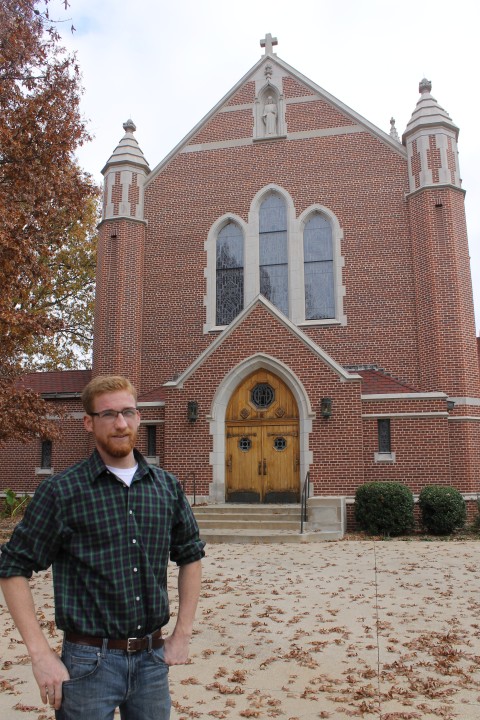Small religious college closes as others struggle to survive
St. Gregory’s University in Oklahoma will close in December. It's the latest small religious college to close in an increasingly competitive market.

Duncan Tiemeyer chose St. Gregory’s University because he wanted a faith-based education that would teach him more than how to succeed in a career.
The 550-student Catholic liberal arts college in Oklahoma traces its roots to French monks who moved to Indian Territory in 1875 to educate Native American and settler children.
“Here, we are taught not only to focus on our five-year plan but also our 100-year plan and our 500-year plan,” said Tiemeyer, 22, a senior business and theology major from Houston. “Are we living our lives in a way that is getting us to the next life? Are we going to be able to go to heaven?”





